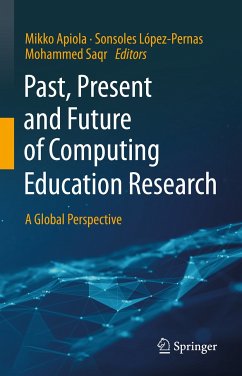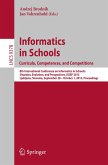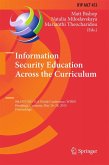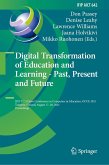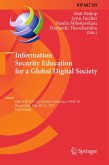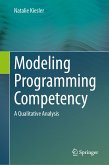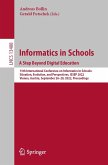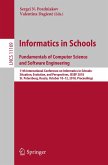This book presents a collection of meta-studies, reviews, and scientometric analyses that together reveal a fresh picture about the past, present, and future of computing education research (CER) as a field of science. The book begins with three chapters that discuss and summarise meta-research about the foundations of CER, its disciplinary identity, and use of research methodologies and theories. Based on this, the book proceeds with several scientometric analyses, which explore authors and their collaboration networks, dissemination practices, international collaboration, and shifts in research focus over the years. Analyses of dissemination are deepened in two chapters that focus on some of the most influential publication venues of CER. The book also contains a series of country-, or region-level analyses, including chapters that focus on the evolution of CER in the Baltic Region, Finland, Australasia, Israel, and in the UK & Ireland. Two chapters present case studies of influential CER initiatives in Sweden and Namibia. This book also includes chapters that focus on CER conducted at school level, and cover crucially important issues such as technology ethics, algorithmic bias, and their implications for CER.
In all, this book contributes to building an understanding of the past, present and future of CER. This book also contributes new practical guidelines, highlights topical areas of research, shows who to connect with, where to publish, and gives ideas of innovative research niches. The book takes a unique methodological approach by presenting a combination of meta-studies, scientometric analyses of publication metadata, and large-scale studies about the evolution of CER in different geographical regions. This book is intended for educational practitioners, researchers, students, and anyone interested in CER. This book was written in collaboration with some of the leading experts of the field.
Dieser Download kann aus rechtlichen Gründen nur mit Rechnungsadresse in A, B, BG, CY, CZ, D, DK, EW, E, FIN, F, GR, HR, H, IRL, I, LT, L, LR, M, NL, PL, P, R, S, SLO, SK ausgeliefert werden.

